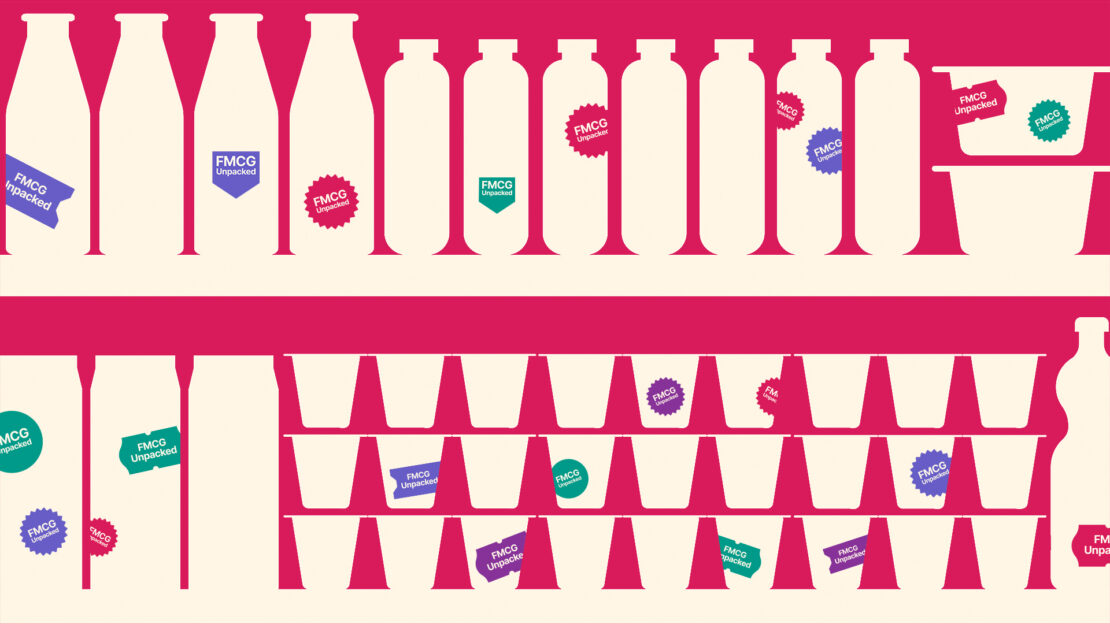Delayed departure complicates EU package to decarbonise transport
October 6th, 2023
In a race for approval ahead of the EU elections next year, the European Commission recently published its long-awaited Greening Freight Package.
The package is supposed to be a vital part of the EU’s Green Deal goal to cut transport emissions by 90% by 2050, but we found several causes for concern in the details.
What’s in the package?
The Greening Freight Package aims to improve rail and road freight traffic and decarbonise the sector through the following three areas:
Improving rail capacity
The promise – The package’s new regulation on railway infrastructure aims to increase efficiency and capacity of rail infrastructure in the single European railway area. Measures include a rolling-planning concept and changes to commercial train path requests, both of which will allow for extended or adapted use of trains to meet demands. These measures should improve planning and the reliability of passenger trains and freights.
The problem – However, the regulation falls short of its promise of groundbreaking change. A significant portion of its potential impact hinges on the success of existing industry-led initiatives such as the Timetable Redesign Project. Essentially, the regulation formalises and backs these ongoing strategies, without offering any thing that could independently revamp the sector.
The regulation also fails to take on the most pressing challenge facing Europe’s rail sector: the glaring differences in systems across different member states. Technological standards, infrastructure design, operational procedures, and national regulations all vary significantly, disrupting cross-border operations.
Despite its merits, the proposed regulation narrowly focuses on capacity management, sidestepping these significant systemic cross-border inconsistencies. While it could potentially make railway infrastructure usage more efficient, it does not fundamentally advance us towards a truly harmonised EU rail system.
Revising maximum weight rules to accommodate electric and hydrogen trucks
The promise – The revision of the Weights and Dimensions Directive (WDD), the EU’s proposal to incentivise low-emission lorries, is a big stride towards a more sustainable and efficient freight transport sector. This revision, designed to accommodate larger, zero-emission heavy-duty vehicles (HDVs) has the potential to boost the market for these types of vehicles and significantly reduce CO2 emissions.
Newly proposed weight limits for zero-emission HDVs will stop trucks, particularly those used on long-haul routes requiring larger batteries, from having to compromise on cargo weight. Once enacted, electric and hydrogen trucks will be allowed to weigh up to two tonnes more than their fossil fuel equivalents. This adjustment is consistent with the EU’s broader electrification drive that is projected to significantly reduce an estimated 27.8 million tonnes of CO2 emissions between 2025 and 2050.
The knock-on effects of larger capacity trucks will be felt across different modes of transport, increasing efficiency and reducing road traffic.
The problem – The European Automobile Manufacturers’ Association (ACEA) has raised concerns that larger, heavier trucks may lead to increased axle loads, underlining the necessity for adequate safety provisions.
Also, as a directive, the WDD allows Member States flexibility when implementing the legislation. While this can occasionally be an advantage, it risks creating a patchwork of different standards across the EU.
Counting emissions – if you feel like it
The promise – The Commission has proposed the voluntary CountEmissionsEU initiative, a methodology to calculate greenhouse gas emissions in the transport sector. This initiative aims to improve transparency and consumer information by allowing for fair comparisons between different transport services. The initiative promotes a ‘well-to-wheel’ approach, taking into account emissions both during vehicle usage and energy provision.
The problem – Even with this solid framework, there remain issues with implementation. A standout is the suggested use of secondary data when primary data is not accessible. This could lessen the burden on operators, but risks inaccuracies. There is also the matter of the protective exemption for small and medium-sized enterprises, which could result in a significant portion of emissions going unaccounted for.
The lack of a compulsory mandate might curtail the initiative’s reach. Given the urgency of the climate situation and the freight transport sector’s projected rise in emissions, stronger measures may be needed. CountEmissionsEU could be more effective if specific guidelines for various transport sub-sectors are established.
In summary
The Greening Freight Package is an important first move towards decarbonising the freight transport sector. Yet, despite this, the proposals remain steeped in complexities and lack the ambition necessary for substantial emissions reductions.
With the European elections less than a year away, getting the package approved before the end of the current parliamentary term may prove challenging, the timeline being even more challenging for the contentious Combined Transport Directive which is yet to come. The extremely short timeline to conclude discussion and refinement does not bode well for the finalisation of the package, which will also be at the mercy of the Spanish Council Presidency and their willingness to prioritise this file.
If you’re interested in knowing more about the Greening Freight Package, get in touch with our transport experts at brusselspa@grayling.com.


